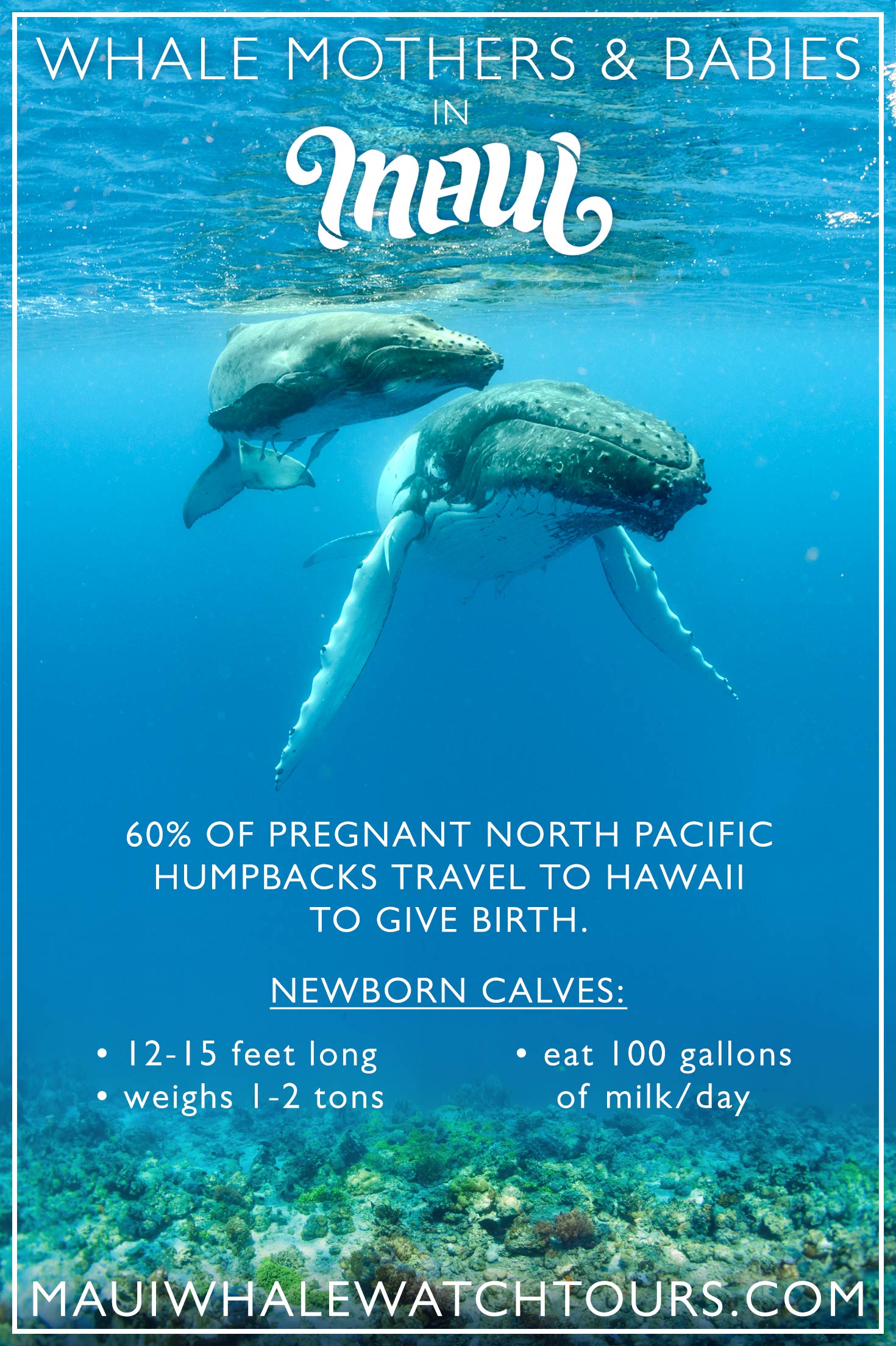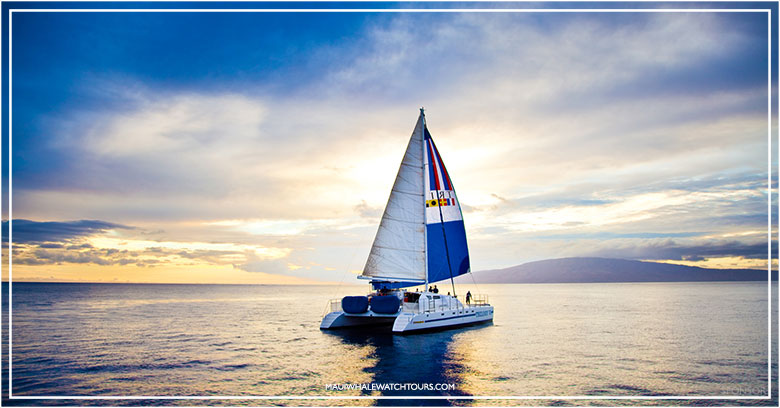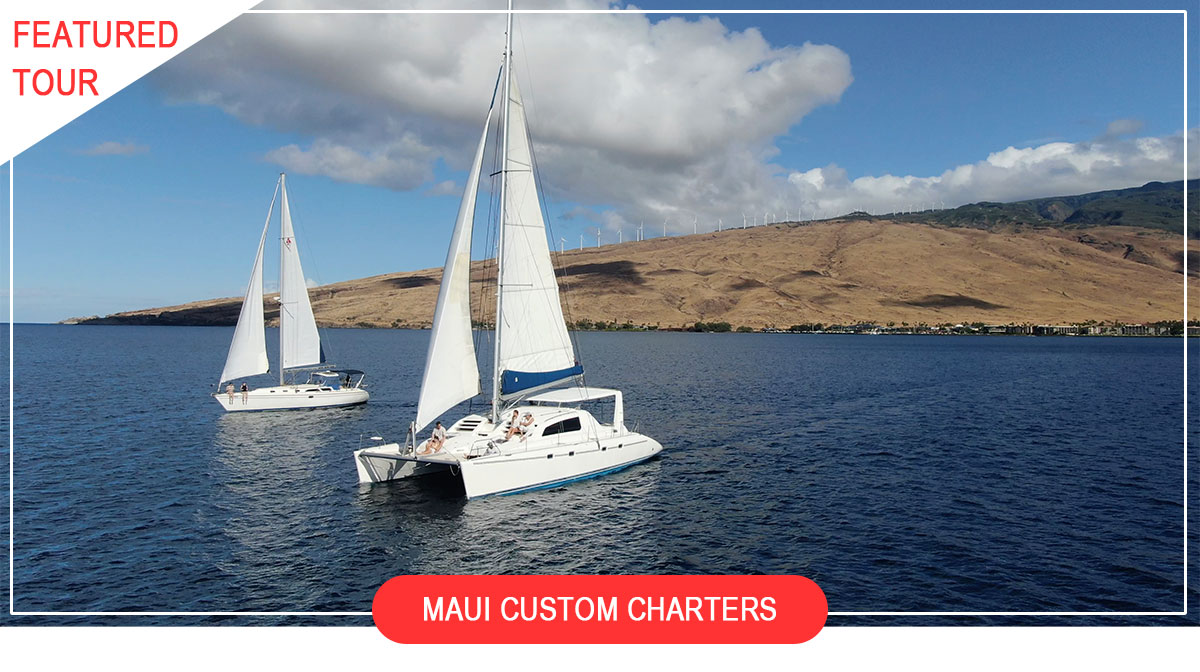Whale Mothers & Their Babies
Whale Mothers & Their Babies
60% of all pregnant North Pacific female humpbacks will leave Alaska and migrate 3000 miles to Hawaii to give birth to their calves.
Mom and her baby will share the strongest of bonds for one year. Her newborn calf is 12-15 feet in length and weighs 1-2 tons. The calf will put tremendous demands on her body as she nurses the baby with up to 100 gallons of very thick, rich, yogurt like milk a day. She provides this to her baby while she has not eaten in months. Mom must prepare and strengthen her newborn for the long migration to Alaska so she will stay in the warm, predator free waters of Hawaii for an extended time to accomplish this. Most moms will dwell in the protected and shallow waters offMaui. This special body of water is surrounded by four of Hawaii’s islands making it the most suitable for baby to learn, grow and play. And learn, grow and play they do!
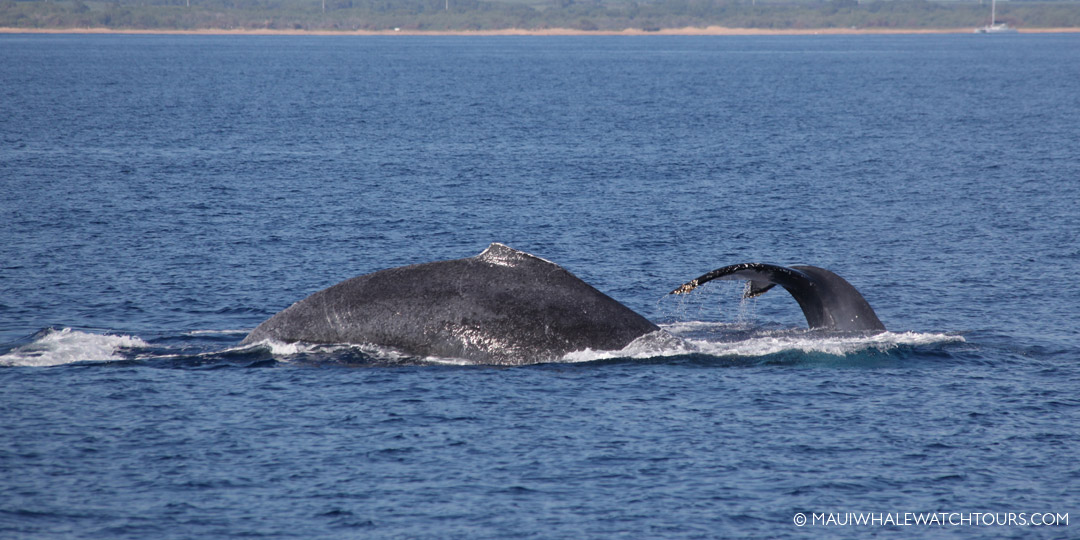
Every year between November and April, newborn calves go about their business of baby whale frolic, putting on a show for all to see. Babies have much smaller lungs than moms so we see our babies at the surface for a breath much more frequently than moms. It’s common to see a baby trying to perform a good breach over and over and then have mom come up unexpectedly to show Junior how it should be done. At birth, the baby is light to medium gray in color. By the time mom has decided to head back to Alaska, the baby is much larger, quite acrobatic, and usually black in color. The unique and identifying markings of its tail will not develop for another three years.

After their time in Hawaii, the mothers return to Alaska, where they nourish themselves once again, building up their blubber layer. During this time, they may become pregnant again as they prepare for the next migration to Hawaii the following winter. At this point, their previous calf, now a year old and independent, remains in the Hawaiian waters, living its own life as a juvenile. The cycle continues, with mothers making this incredible journey year after year to give birth and raise their calves.
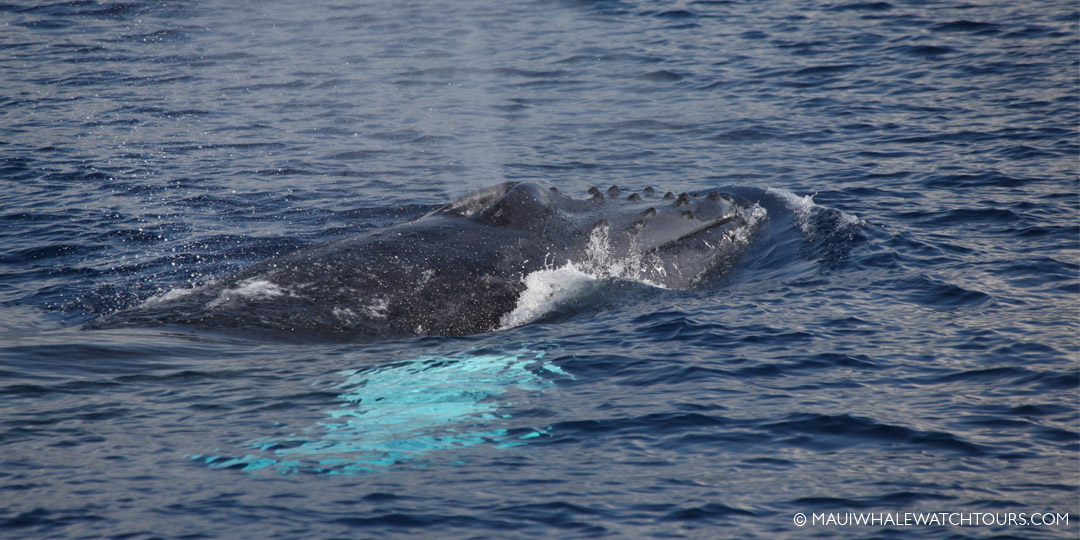
Maui Whale Watch Tours
You can catch the action up close on your next visit during whale season! Maui whale-watching tours offer a captivating and unforgettable experience, providing visitors with the opportunity to witness the majestic humpback whales in their natural habitat. These tours, typically conducted between November and April during the peak whale-watching season, take participants on a thrilling voyage along Maui’s coastline. Knowledgeable guides and marine experts lead these excursions, sharing fascinating insights into the whales’ behavior, biology, and migratory patterns. As guests cruise through the sparkling waters, they can witness breaching, tail slapping, and other awe-inspiring behaviors of these gentle giants. The tours prioritize the safety and well-being of the whales, adhering to strict guidelines to maintain a respectful distance from the animals and minimize any disturbance to their natural activities. Maui whale watch tours not only offer an up-close encounter with these magnificent creatures but also foster a deeper appreciation for their conservation and the need to protect their delicate marine environment for generations to come.
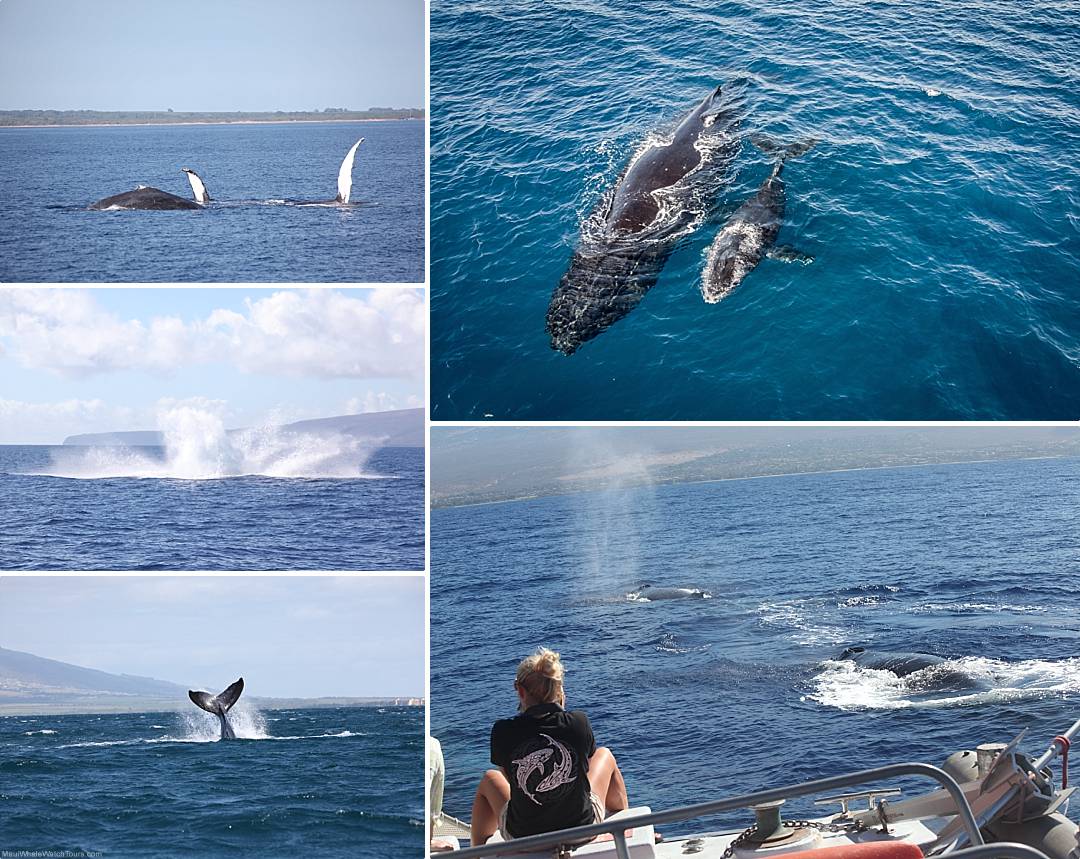
Other Whale Articles
Learn what to look for when whale watching. Read and view diagrams in order to Recognize Surface Behavior.
Find out why humpback whales are in danger of being whaled to extinction and how we can help on our Kokua page.
Grasp some simple and important tips for photographing whales on your next Maui whale watch.
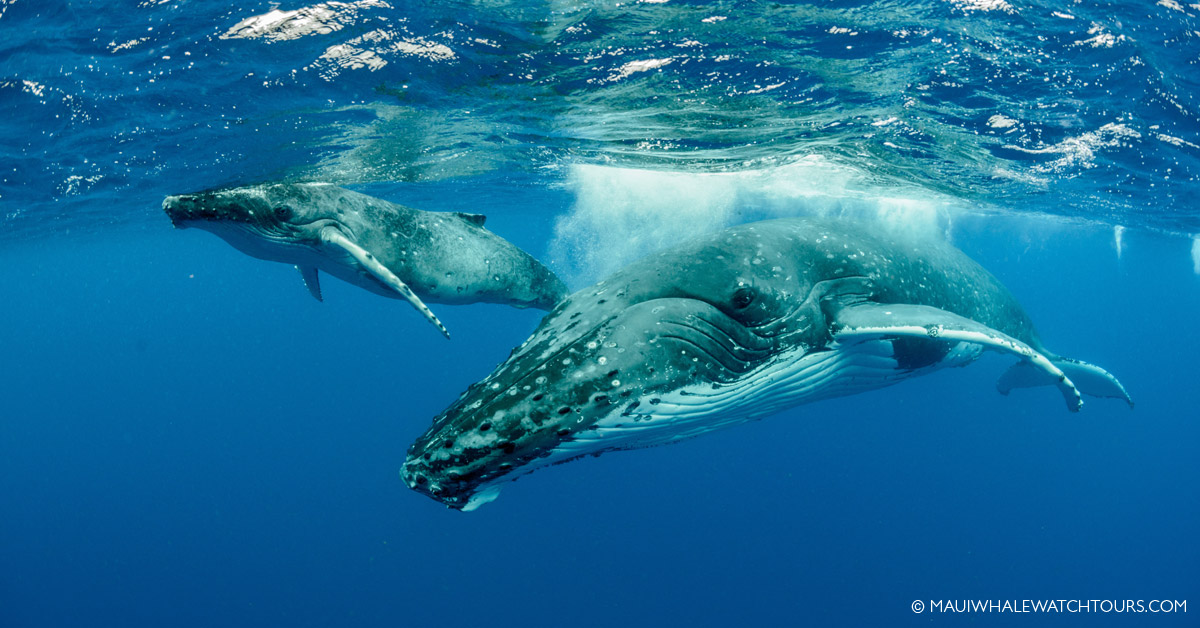
Trilogy Excursions
Trilogy has been hosting Maui visitors for over 40 years, and the knowledgeable crew and spacious catamarans make for an informative and comfortable day on the water.
Pride of Maui
The Pride of Maui is a stable, spacious catamaran with open decks for incredible views. Naturalists on board share insights about humpback behavior as you watch for breaches, tail slaps, and mothers with calves. With plenty of room, shade, and fresh meals, it’s a comfortable and family-friendly way to whale watch.
